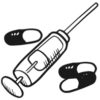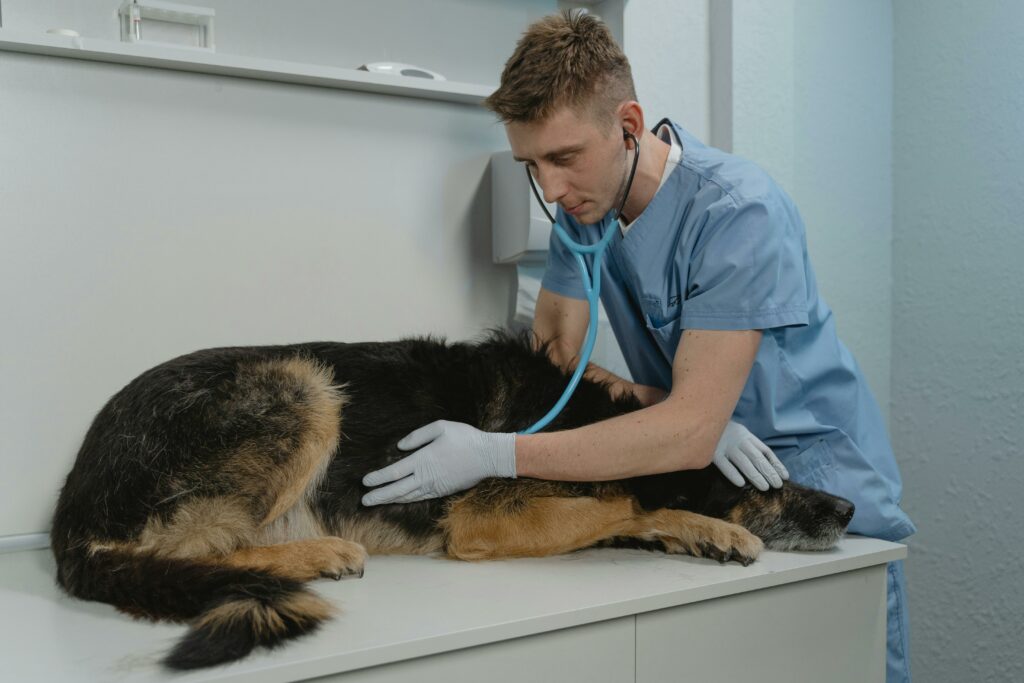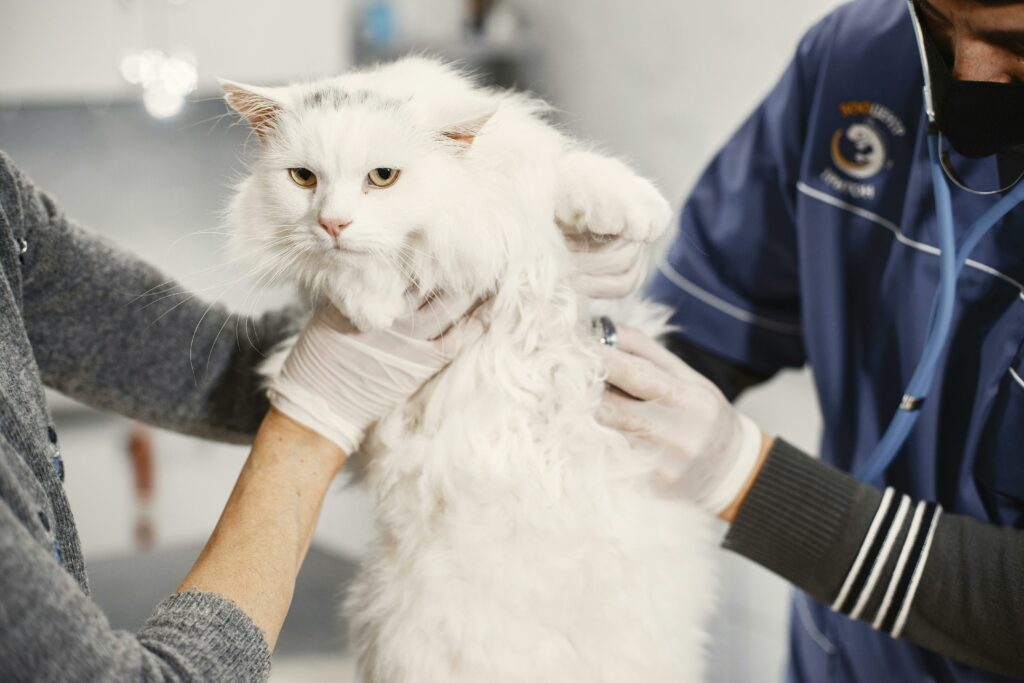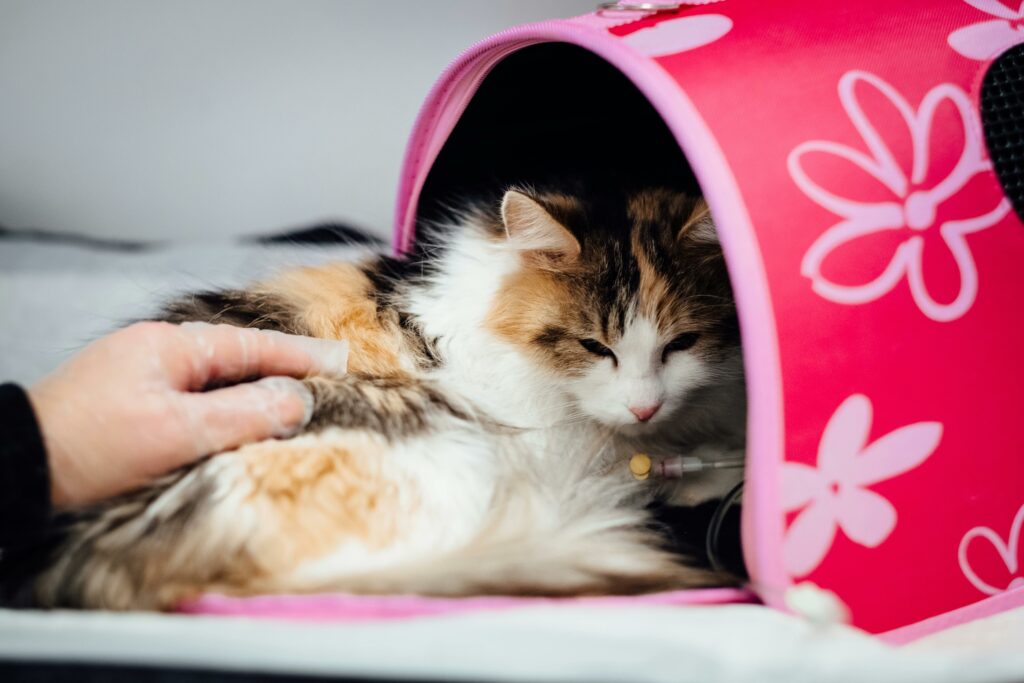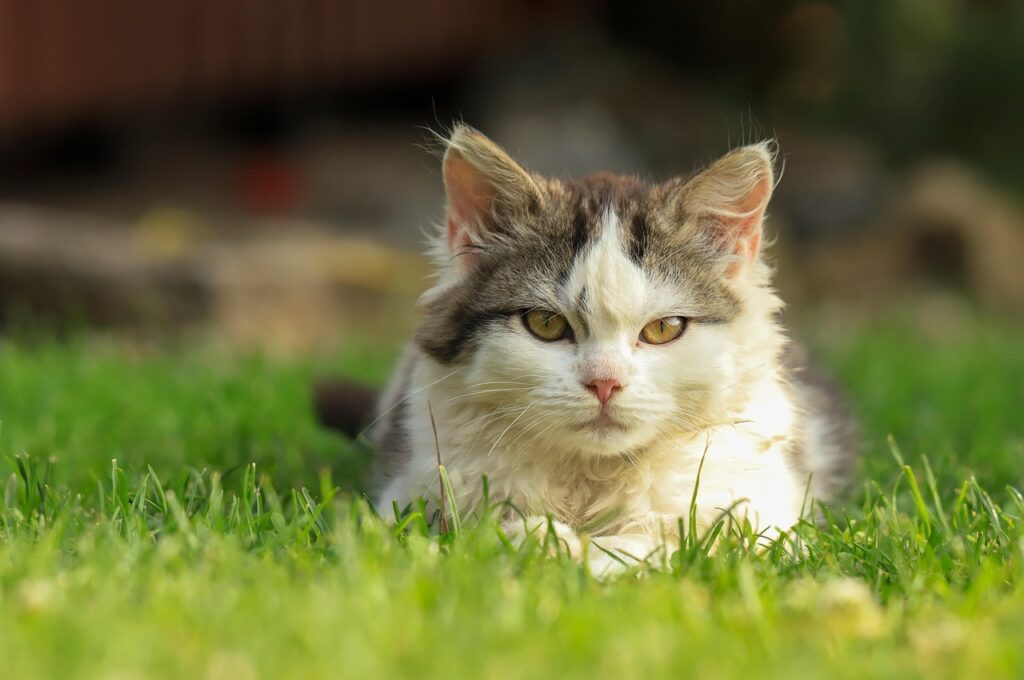
Cats are often perceived as enigmatic creatures, communicating volumes through subtle body language rather than vocalizations. Among the most expressive parts of a cat’s anatomy are their tail and ears. By observing these features, cat owners can gain valuable insights into their feline companions’ emotions and intentions.
Decoding Tail Positions and Movements
A cat’s tail serves as a dynamic indicator of its mood and intentions. Understanding the nuances of tail positions can enhance the bond between cats and their owners.
Tail Held High: An upright tail, sometimes with a slight forward curl, signals a friendly and confident cat. This posture often indicates that the cat is happy, content, and comfortable in its environment.
Tail in a Question Mark Shape: When a cat’s tail stands upright with a hooked tip resembling a question mark, it often signifies a playful and approachable mood. This is an invitation for interaction, such as petting or playtime.
Tail Held Low or Tucked Under: A tail positioned low or tucked between the legs indicates fear or submission. The cat may be feeling anxious or threatened and is attempting to make itself appear smaller to potential threats.
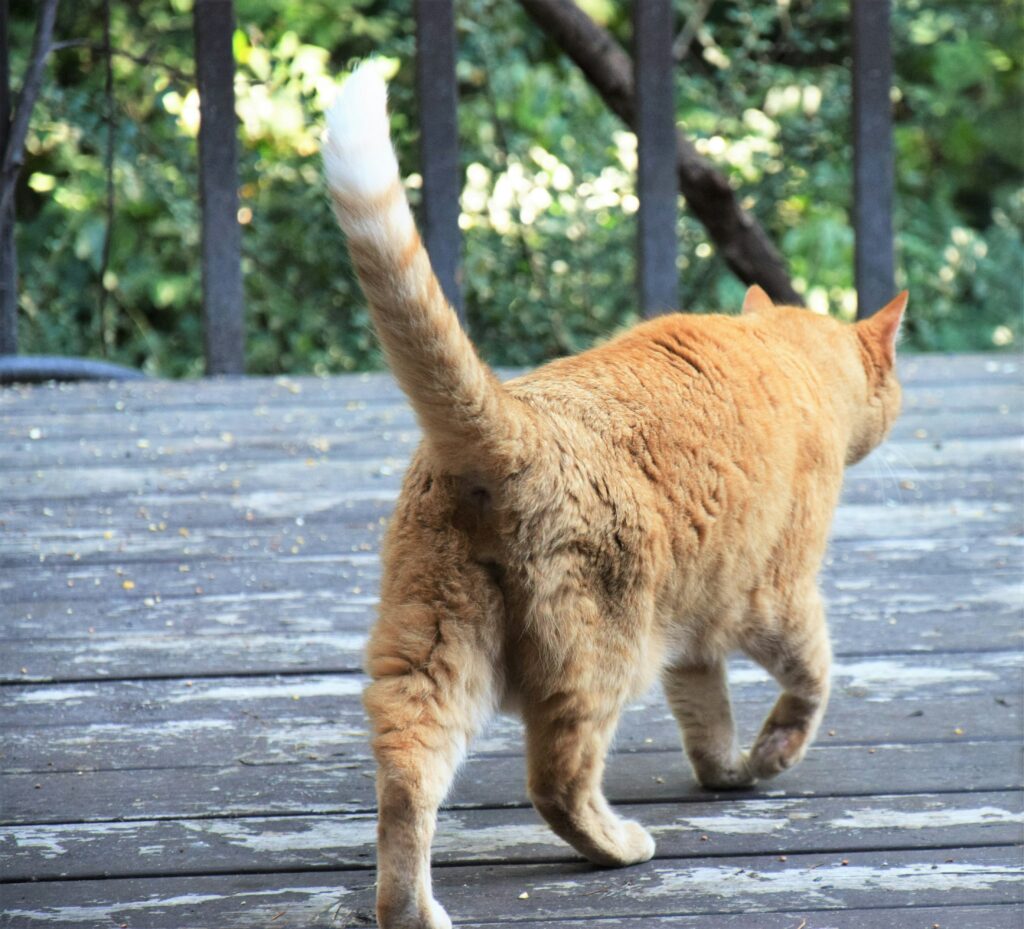
Puffed-Up Tail: Also known as the “Halloween-cat tail,” a fluffed-up tail is a defensive reaction. The cat is attempting to appear larger to ward off potential threats, indicating fear or aggression. It’s advisable to give the cat space in such situations.
Tail Flicking or Twitching: A flicking or twitching tail can indicate agitation or excitement. For instance, a cat engaged in hunting behavior may flick its tail as it focuses on its prey. However, if the tail flicking is rapid and accompanied by other signs of distress, it may signal irritation.
Tail Wrapped Around the Body: When a cat sits or lies down with its tail wrapped around its body, it may be feeling frightened, defensive, or unwell. This posture suggests the cat is seeking comfort or protection.
Interpreting Ear Positions and Movements
A cat’s ears are highly expressive and can swiftly convey a range of emotions. By paying attention to ear positions, owners can better understand their cat’s current state.
- Ears Forward: Ears that are facing forward and erect indicate a positive and friendly disposition. The cat is likely interested in its surroundings, whether it’s a toy, a new sight, or a captivating smell. Relaxed and forward ears signify comfort and security in their environment.
Ears Straight Up: When a cat’s ears are standing straight up, it often signifies alertness. The cat is attentive to its environment and may be ready to engage in play or respond to stimuli.
Ears Turned Back: Ears that are turned back can indicate irritation or overstimulation. It’s advisable to give the cat some space, as it may be feeling annoyed and prefer to be left alone.
Ears Turned Sideways or Flattened (“Airplane Ears”): When a cat’s ears are rotated to the sides or flattened against the head, it often signals fear, anxiety, or aggression. This posture, sometimes referred to as “airplane ears,” suggests the cat feels threatened and may become defensive.
Combining Tail and Ear Signals for a Comprehensive Understanding
While tail and ear positions individually convey important information, observing them together provides a more accurate understanding of a cat’s emotional state. For instance, a cat with a puffed-up tail and flattened ears is likely feeling highly threatened and defensive. Conversely, a cat with a high tail and forward-facing ears is probably feeling confident and friendly.
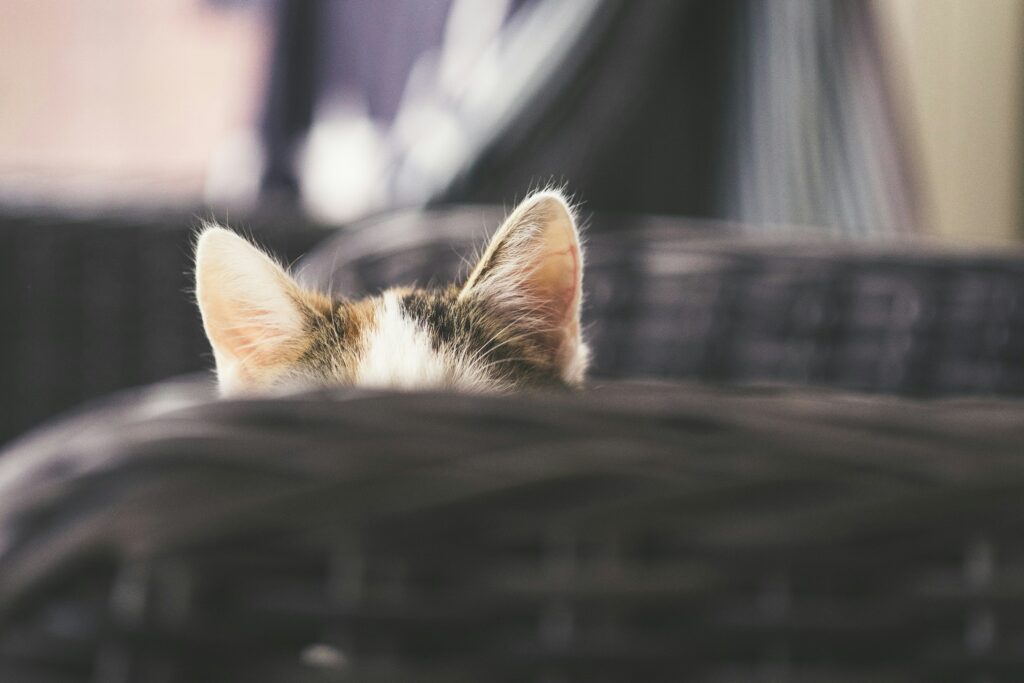
Conclusion
Deciphering the subtle cues of cat body language, particularly through tail and ear positions, enables owners to respond appropriately to their feline companions’ needs and emotions. By attentively observing these signals, one can foster a deeper, more empathetic relationship with their cat, ensuring a harmonious and understanding coexistence.
References
Decoding Cat Body Language – https://catcaresociety.org/decoding-cat-body-language/
How To Read Your Cat’s Tail Language – https://www.petmd.com/cat/behavior/cat-tail-language










